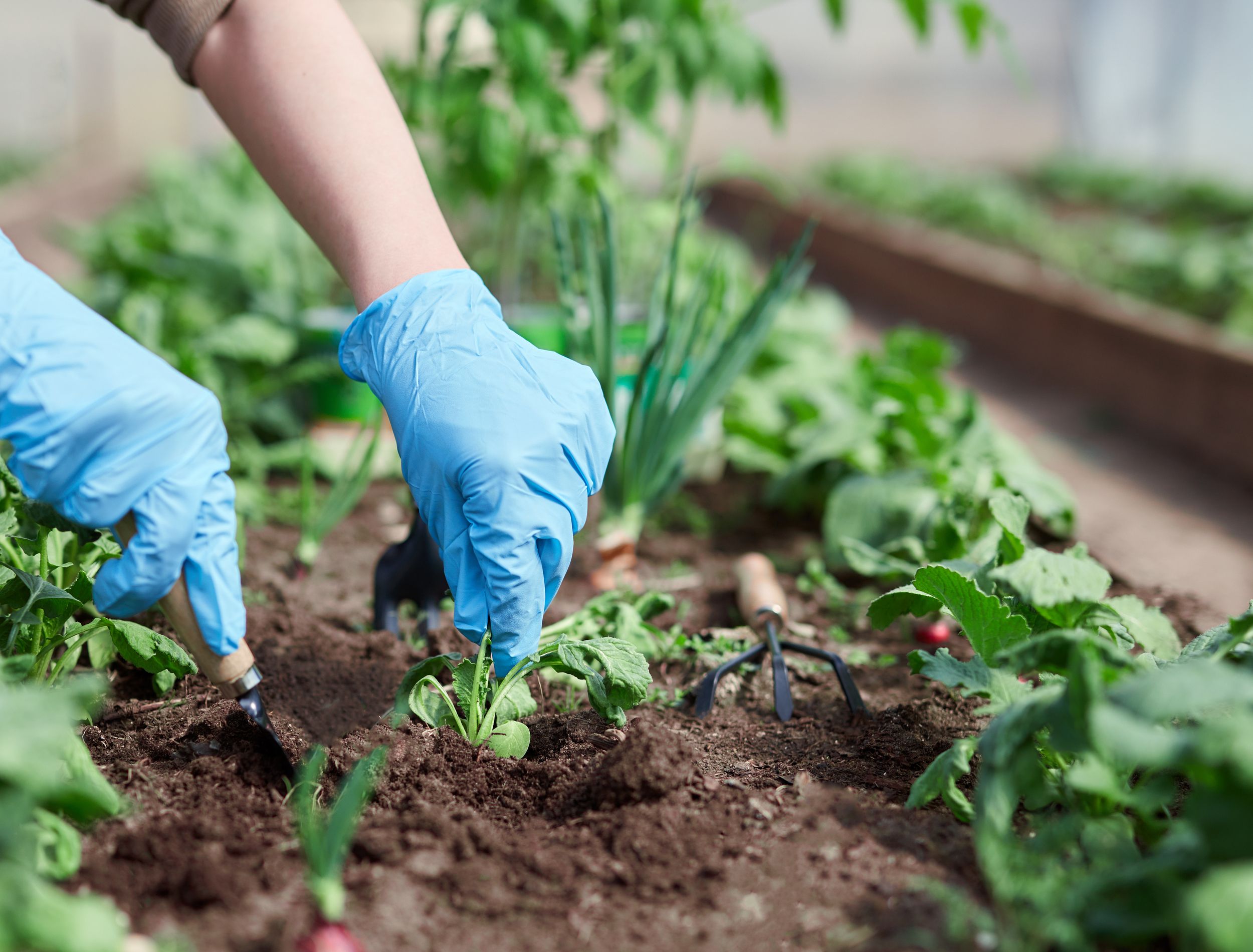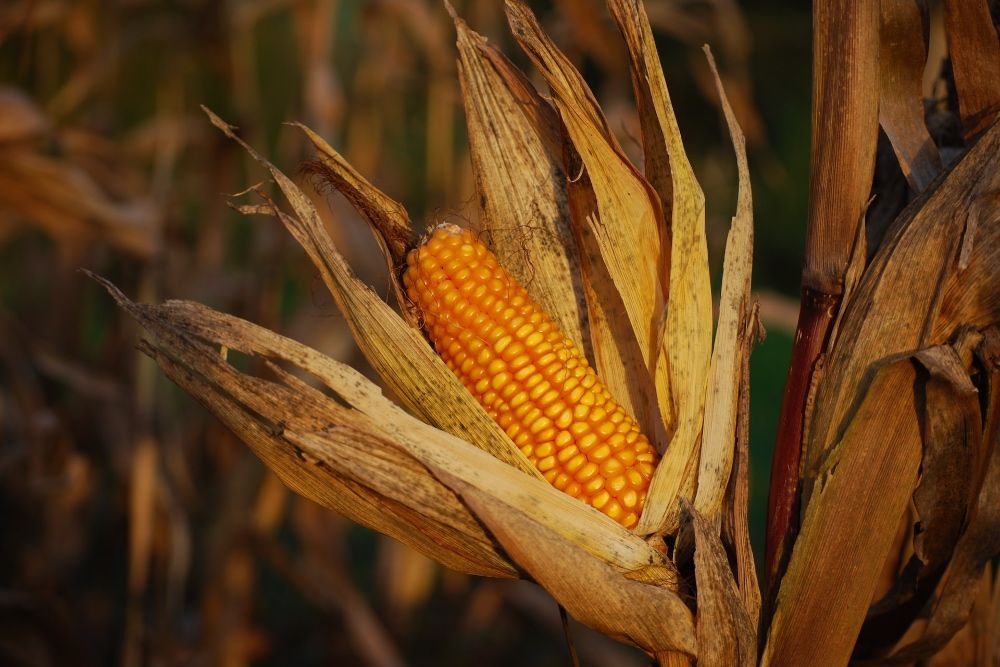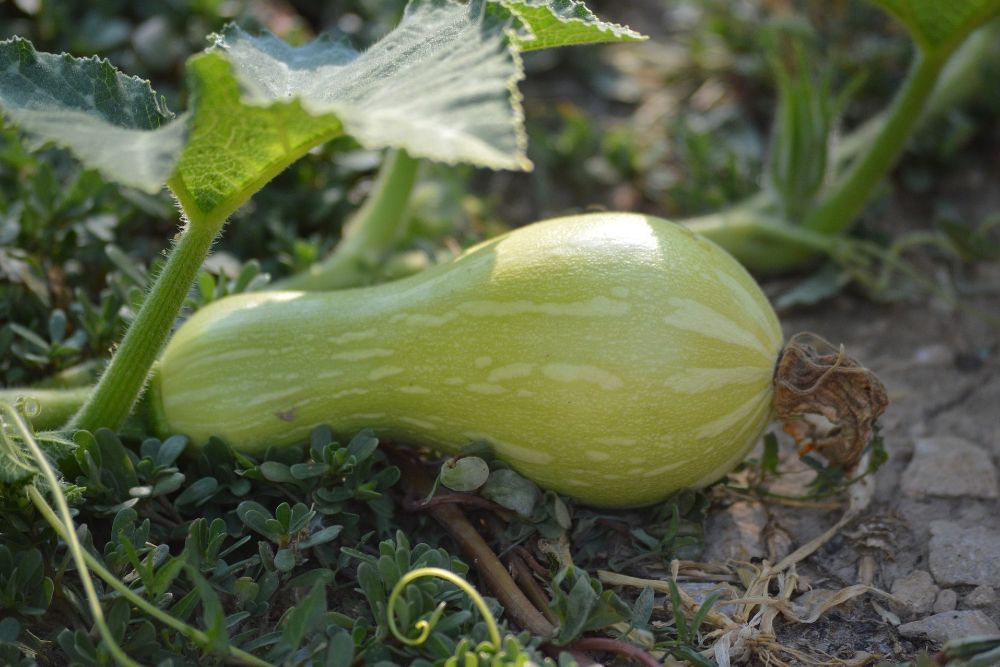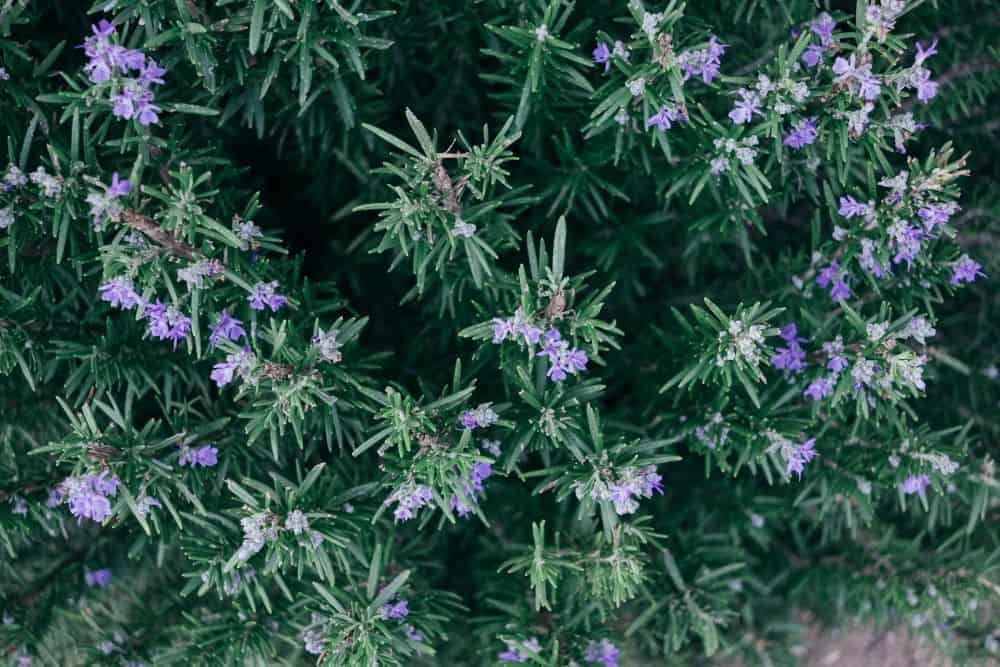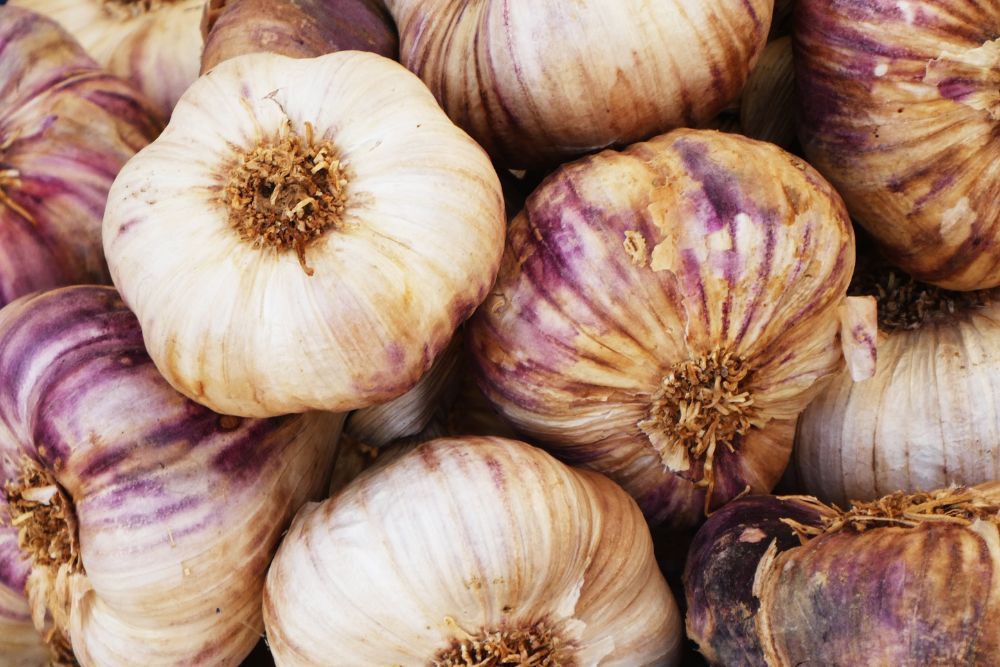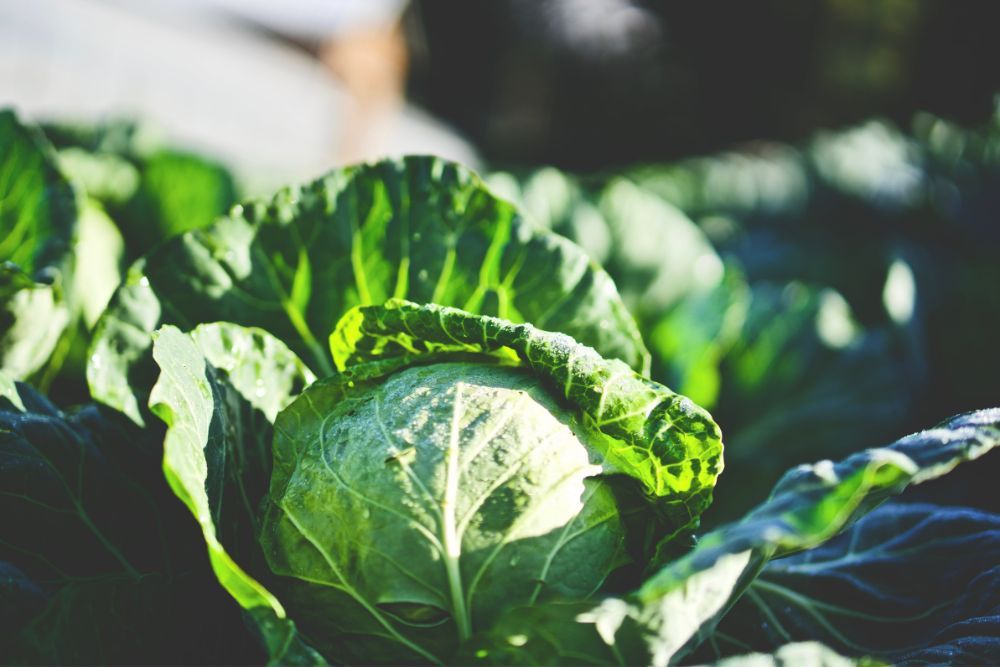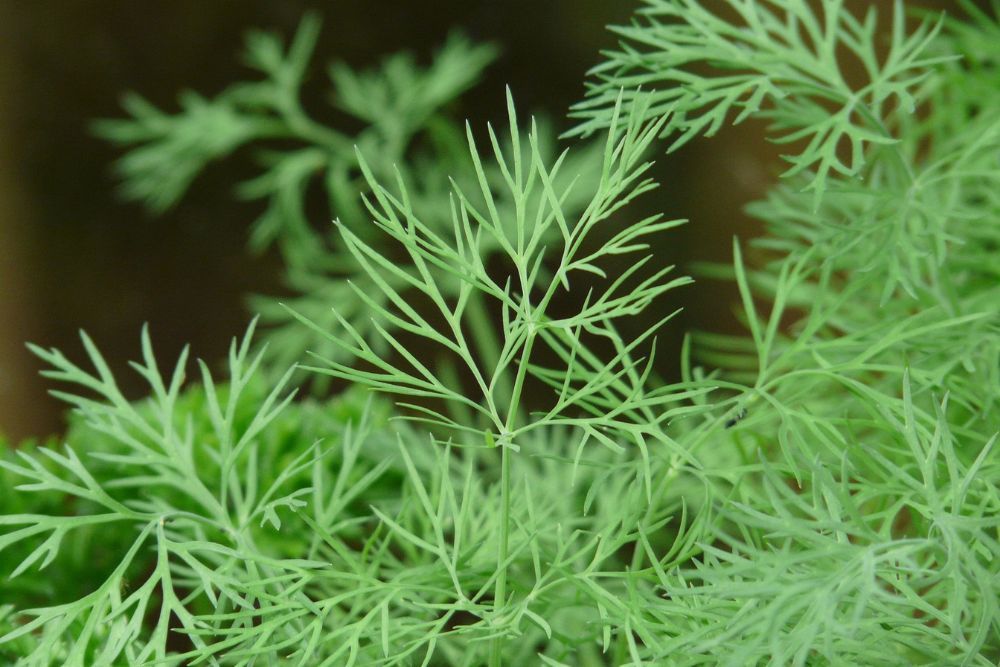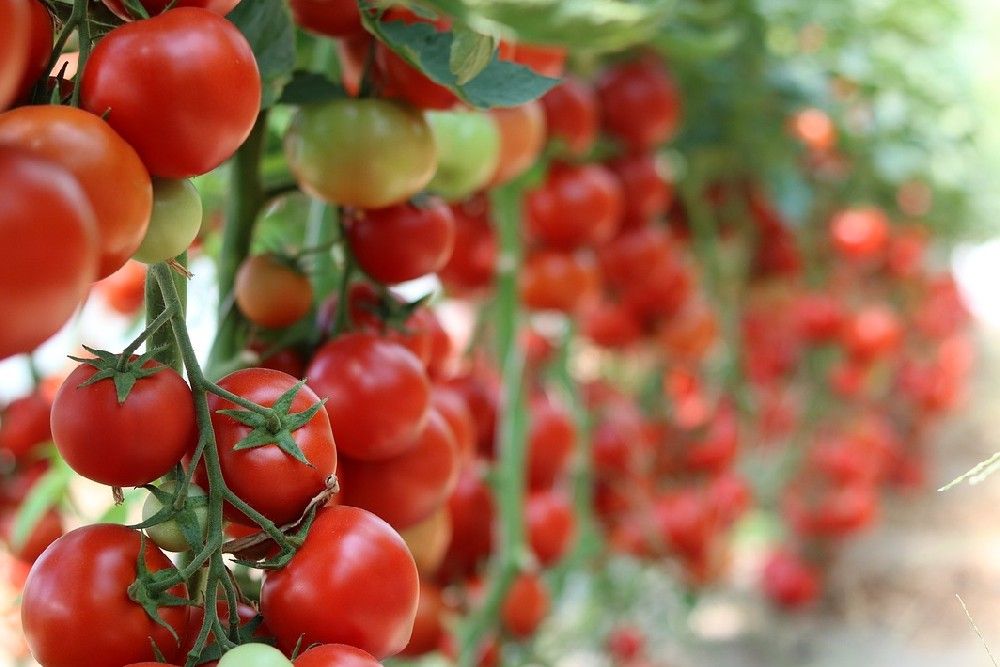Do you want healthy and vibrant plants throughout your garden? Then it's important to consider which plants work best when planted together. Unfortunately, some combinations of plants just don't play nicely with each other and cause adverse effects on the health of both species if they're cultivated close to one another.
To ensure optimal health and performance of your garden's flora, it is important to understand which plants you should never grow together. Discover the top 14 plants that you should never grow side by side to help keep your garden healthy and thriving this season.
Tomatoes and Corn
Image credits: Christophe Maertens via Unsplash
Tomatoes and corn are both popular garden crops, but they share a common enemy: the tomato fruitworm, also known as Helicoverpa zea. If your corn has an infestation, it could easily spread to your tomatoes. Unfortunately, this pest is quite destructive to either crop, so preventing an infestation is key.
Besides sharing a common pest enemy, corn is a heavy feeder. Corn requires large amounts of nitrogen from the soil for it to thrive. This leads to competition between your tomato plants and the corn for resources. To avoid this issue, plant your corn in a different area of the garden than your tomatoes.
Potato and Squash
Image Credits: jimmorgan via Pixabay
Potatoes and squash are two of the most popular vegetables in gardens. Both are easy to cultivate, relatively low-maintenance, and incredibly versatile in the kitchen. However, while these two veggies pair well together on a plate, they don't work so well side by side in the garden.
Both plants spread diseases between them, which causes significant damage to your crops. Similarly, mildew also thrives on parts of squash plants that may come into contact with potatoes.
To avoid diseases, keep these two vegetables in separate areas of the garden or on different sides of the same bed.
Potatoes don't play well with vegetables such as cucumbers, melons, and turnips. Planting these crops too close together causes similar problems with disease spread.
Mint and Rosemary
Image credits: Paul Hanaoka via Unsplash
The fragrant leaves of the mint plant are attractive and popular for cooking purposes, but its rhizomes -- underground stems that grow horizontally -- quickly take over an area if given the opportunity. Mint outcompetes nearby plants, causing them to struggle or eventually die due to a lack of nutrients. Mint is invasive if allowed to spread unchecked.
However, even if you grow it in pots, mint prefers consistently-damp soil, as too much dryness causes the leaves to wilt and die. Meanwhile, rosemary requires soil that dries out between waterings, making this a pairing that just doesn't work.
Peas and Garlic
Image credits: Nick Fewings via Unsplash
Peas and garlic are two of the most popular vegetables in many parts of the world. Both have unique flavor profiles, culinary uses, and nutritional benefits, making them highly sought-after ingredients. However, do not plant peas and garlic together or near each other if you're growing them in your garden at home. This is because garlic stunts the growth of peas when they are too close together.
Garlic contains a compound, ajoene, which inhibits the growth of nearby plants like peas.
Strawberries and Cabbage
Image credits: Clint McKoy via Unsplash
Strawberries and cabbage may go together in a salad, but planting them side by side in your garden is not the best idea.
Cabbage plants are sensitive to strawberries, which impair their growth and performance. To not compete for resources or attract detrimental insects, they need a healthy environment where there are no strawberry plants nearby.
Carrots and Dill
Image credits: Hans via Pixabay
Carrots and dill are both popular vegetables in gardens around the world. While they are a flavorful and nutritious addition to a garden, there is an important factor to consider when planting these two together: cross-pollination.
Cross-pollination occurs when pollen from one plant's flower is transferred to another. Unfortunately, this means that carrots that are too close to dill may cross-pollinate, resulting in carrots with diminished flavor and reduced yields.
Therefore, plan your garden carefully to get the maximum yield from your carrots.
Fennel and Tomatoes
Image credits: dominikakarkesova via Pixabay
Tomatoes and fennel are two popular garden vegetables, but never together. Fennel releases substances that impede the growth of nearby plants, specifically tomato plants. These substances, chlorogenic acid, rosmarinic acid, quercetin, and apigenin, limit the water and nutrients available to other plants in its vicinity. It's best to keep fennel away from all other garden plants, especially tomatoes.
Combating the Curse of Garden Mismatches
Successful gardening is often a matter of following certain practices. Considering the above guidelines and combining plants for maximum efficacy, you stack the elements to your advantage and harvest more than you would if you worked at it blindly. And remember, consistency is the key to success.
With steady and conscious effort, it's possible to get top yields season after season. So, what do you have to lose? To ensure your planting journey remains pleasant and productive, comment below and share this with your family and friends!

